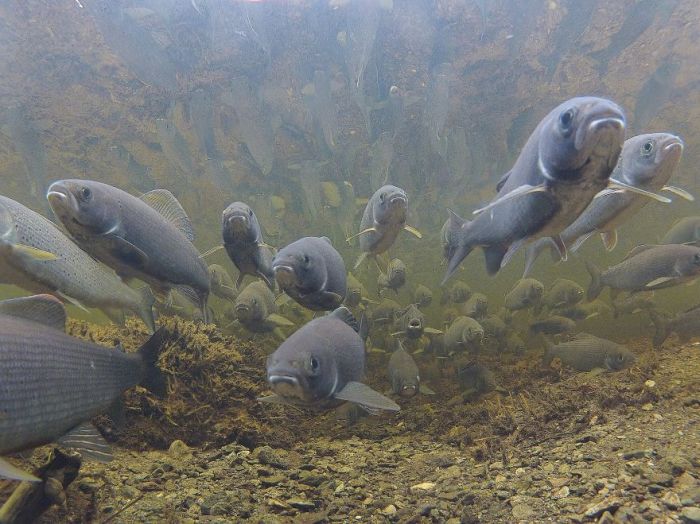|
|
Migration Of Wild Animals
|
Model organisms
Because of the great diversity found in animals, it is more economical for scientists to study a small number of chosen species so that connections can be drawn from their work and conclusions extrapolated about how animals function in general. Because they are easy to keep and breed, the fruit fly Drosophila melanogaster and the nematode Caenorhabditis elegans have long been the most intensively studied metazoan model organisms, and were among the first life-forms to be genetically sequenced. This was facilitated by the severely reduced state of their genomes, but as many genes, introns, and linkages lost, these ecdysozoans can teach us little about the origins of animals in general. The extent of this type of evolution within the superphylum will be revealed by the crustacean, annelid, and molluscan genome projects currently in progress. Analysis of the starlet sea anemone genome has emphasised the importance of sponges, placozoans, and choanoflagellates, also being sequenced, in explaining the arrival of 1500 ancestral genes unique to the Eumetazoa.
An analysis of the homoscleromorph sponge Oscarella carmela also suggests that the last common ancestor of sponges and the eumetazoan animals was more complex than previously assumed.
Other model organisms belonging to the animal kingdom include the mouse (Mus musculus) and zebrafish (Danio rerio).
|
|









